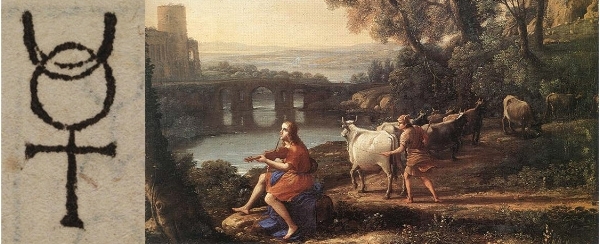THE MAGICIAN AS TRICKSTER - IMAGINATION AND MAGIC
The Magician - Bonefire Tarot Gabi Angus, Harry Houdini, “The Magician” Jim and Lynn Lemyre
“Imagination does not become great until human beings, given the courage and the strength, use it to create.”
“Without this playing with fantasy, no creative work has ever yet come to birth. The debt we owe to the play of the imagination is incalculable.”
The words imagination and magic are so similar. Their roots may look the same, and almost fit into the word imagine, but there is no etymological connection between them.
Image comes from the Old French ‘image’, from Latin, imago(-inis), an imitation, copy, image. It means “to represent or form an image of; to form a likeness of in the mind by the fancy or by recollection. To imagine.”
Magic is the "art of influencing events and producing marvels using hidden natural forces," from Old French magique "magic, magical," from Late Latin magice "sorcery, magic," from Greek magike (presumably with tekhne "art"), fem. of magikos "magical," from magos "one of the members of the learned and priestly class," (from http://www.etymonline.com/index.php?term=magic )
They do have something in common though. They both involve the creation of something out of nothing, whether it’s a great new idea, a painting, a rabbit from a hat or something truly miraculous.
So magic can carry the connotation of being clever illusion or trickery rather than a miraculous act. That’s not necessarily a bad thing. Time to meet another aspect of the Magician - the trickster.
In the Marseille Tarot, created between 1650-1750, the Magician is Le Bateleur, "the mountebank" or the "sleight of hand artist". He performs stage magic.
Both the Fool and the Magician can be Tricksters. While the Fool is the practical joke, The Magician is the magical performance. He doesn’t secretively play tricks behind our backs. This is not the unconscious and the Freudian slip.
The Magician is consciousness. He arranges demonstrations. Are those demonstrations sleight of hand illusion, like the Marseille magician, or is the ritual magician of the RWS? Is he the Conjuror or the Magus? What is the purpose of these demonstrations anyway?
Sign of Mercury - Crescent moon (soul), Sun (spirit), cross (matter), Detail of “Landscape With Apollo Guarding The Herds Of Admetus” (and Hermes stealing them), Claude Lorrain1645
The Magician is associated astrologically with the planet Mercury. Mercury, or Hermes (Greek), traveled freely between the worlds of the mortals and the divine, a messenger and mediator between them. As The Magician, he channels the energies of the Divine into the world of Matter. In some myths, however, Hermes was also a trickster, outwitting the other gods for his own benefit or for the sake of humankind.
Which brings us to Maya.
“Our mind is the scene upon which the gods perform their plays, and we don’t know the beginning and we don’t know the end”
In the religions of India, Maya (Sanskrit māyā, from mā "not" and yā "this") literally means illusion. But 'illusion' does not mean that the world is just a figment of the human imagination. Maya means that the world is not as it seems; the world that one experiences is misleading as far as its true nature is concerned.
Maya is a term denoting three interrelated concepts:
1) Power - which enables those in its possession, usually gods, to produce forms in the physical word.
2) Reality – which is produced by this process. The Real World that we experience, one of multiplicities and change.
3) Illusion –The illusion that our world is made up of separate objects. Maya teaches that all energies come from one source.
So what’s the connection between a Hindu concept and our friendly Grecian god Hermes?
What was the name of Hermes’ mother? You got it…Maia. It’s probably a total coincidence, but it makes a nice, poetic segue back to Greece and the idea of the one form that makes the many.
In Plato’s Doctrine of the Forms he puts forth the idea that material, physical reality is not the ultimate nature of reality.
Your physical senses can only access the material world. The Magician generates and materializes images in the world of phenomena, creating a magic show, an illusion where things appear to be present (solid and real) but are not exactly what they seem. His demonstrations, or magical acts, confound your senses, shakes you up, so that another kind of knowing can happen. This knowing is the knowing of the soul.
“You have to systematically create confusion, it sets creativity free. Everything that is contradictory creates life” - Salvador Dalí
History, myths, facts and truths do not have to be diametrically opposed. A myth or a fairytale may not be factual, but that doesn’t mean that it does not hold a deep truth. So whether the Magician is the RWS Magus or the Marseille Trickster, his is the power to shake us up and release creativity. Miracle or deception, The Magician, by his acts, reveal to us the underlying truth that all things are one. There is one creative principle behind all the diversity in our world.
“As above, so below, as within, so without, as the universe, so the soul…”


